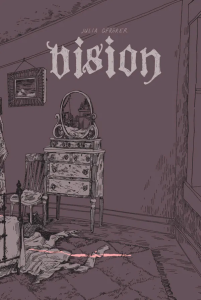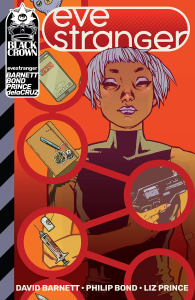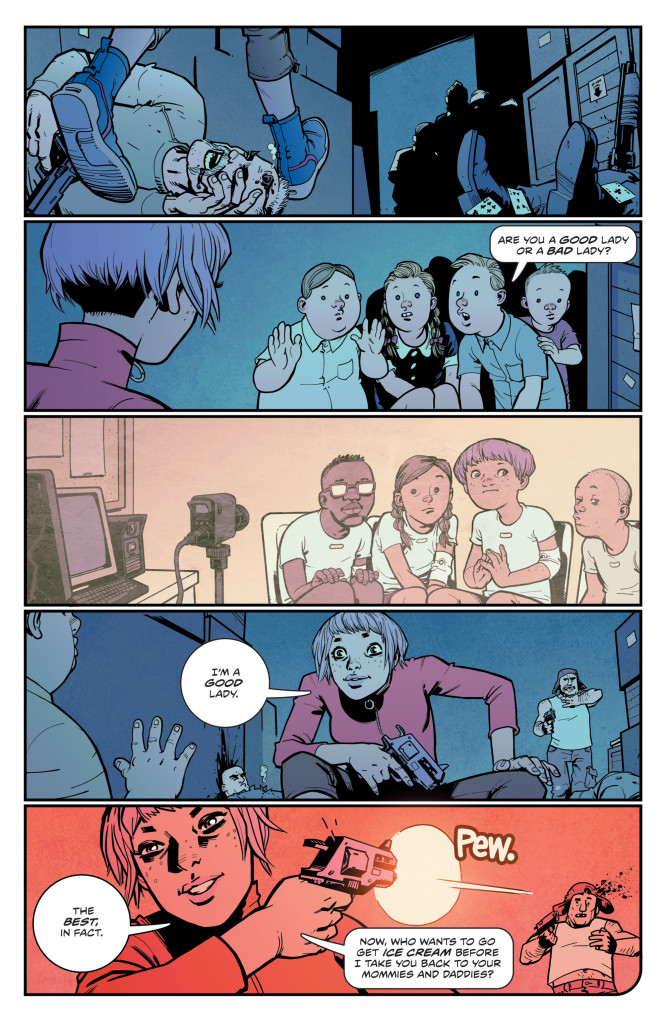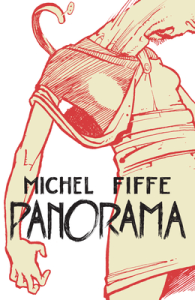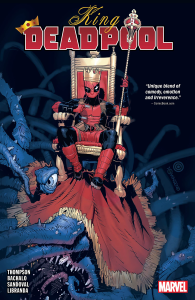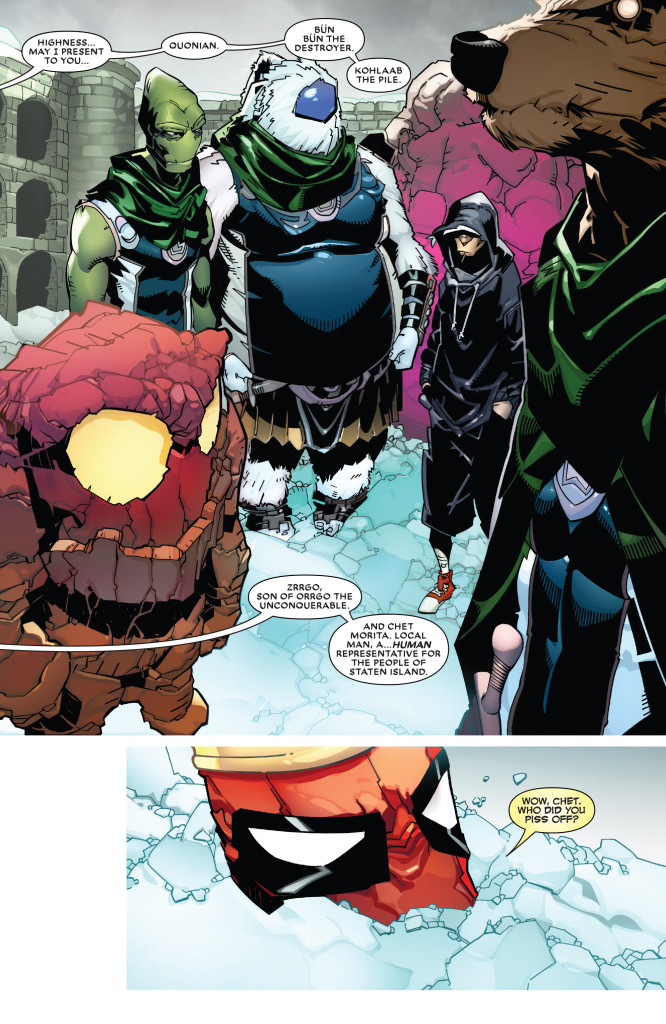If you read last weeks’ posts, you know what’s going on. Here are four more books of the year full of fantastic adventures, hardboiled crime, super powers, spycraft, warfare, and/or metafiction:
Last year’s most affecting piece of gothic horror, Julia Gfrörer’s Vision followed Eleanor, a 19th century young widow forced to take care of her brother’s ailing wife. In a classic move, the horror doesn’t emerge merely from the haunted mirror in Eleanor’s room so much as from the various forces that trap her in that life and house (a timely source of tension in this age of covid-induced confinement), from women’s position in society to the specific family dynamics at play. This sense of oppression, combined with sexual frustration, personal resentment, and a failing vision (which brings about an awkward relationship with her eye doctor), leads to Eleanor’s increasingly desperate attempts to escape her condition.
All this is wistfully conveyed by Gfrörer’s subdued script and scrawled linework, combining thinly inked cross-hatching with a suitably unsettling mise-en-scène. What makes you squirm is less the blood itself than the psychological violence surrounding it, not to mention the fact that the lack of detail and color actually push you to conjure up the horrific missing pieces in your mind. Meanwhile, a rigid grid structure maximizes the overall claustrophobia.
The result is a sensitive balancing act, often beautifully treading the line between erotic and downright creepy…
Vision is haunted by a couple of Alan Moore books. Eleanor’s kinky relationship with her mirror cannot help but bring to mind Lost Girls. The Victorian setting, the theme of female oppression, the oozy lettering, and – above all – the roughly sketched figures, rendered in black and white on a nine-panel grid, almost suggest a spin-off of From Hell (even if Eddie Campbell was more averse to empty space).
Yet there is no mistaking Julia Gfrörer’s unique vision, for lack of a better word. It may be unfair to qualify such an intimate work as a genre comic, but I like to think of Vision as a powerful reminder of horror’s ability to truly touch and disturb the reader.
11. EVE STRANGER
On the opposite end of the spectrum, the mini-series Eve Stranger (collected in 2020) maniacally encapsulates the spirit of a quintessential type of lighthearted, devil-may-care comic book escapism. It’s a smart, sexy, action-packed, somewhat surreal, and often very funny sci-fi romp about a globetrotting super-spy without short-term memory who is manipulated by mysterious forces. In other words, it’s the sort of stuff that is bound to find its way to Gotham Calling sooner or later, as long as it’s pulled off with a degree of panache – which Eve Stranger has enough to spare.
Writer David Barnett keeps a relentless tempo while mashing derivative concepts (from Memento to Modesty Blaise) into a satisfying experience, even if the book is mostly carried by Philip Bond’s energetic, Kirbyesque artwork, delightfully complemented by Eva de la Cruz’s sprightly colors.
Although Eve Stranger has some fun with the notion of a kickass female heroine in the age of Donald Trump, it seems more interested in projecting bugfuck crazy, adolescent-flavored excitement and hip entertainment rather than in any narrow political agenda. Hell, at one point, Eve fights a twenty-foot talking gorilla running amok in Prague… In a tough year, here was a book that dared you to just let yourself go and let the bad times roll.
Not that the comic is completely shallow. Its likable characters gradually reveal hidden layers and, in a metafictional move, there are backups done in the style of absurdist cartoon strips – drawn with an even quirkier flair by Liz Prince – that question the main story. As a result, Eve Stranger is a joy to read from start to finish!
10. PANORAMA
Michel Fiffe continued to deliver the goods in Copra, but the big revelation for me was Panorama. Collecting Fiffe’s 2008 body horror/romance webcomic, the book tells the Cronenbergian saga of Augustus, a runaway teenager who keeps melting and morphing into warped, gross-out shapes (after Antiviral and Possessor, you can now take ‘Cronenbergian’ to refer to either David or Brandon Cronenberg, since they have both become supreme masters of intelligent body horror). In fact, the overall narrative is as fluid and fragmented as Augustus’ body, with the focus eventually shifting to his girlfriend (who temporarily absorbs him) before a sweet epilogue spotlighting the perspective of a peripheral character. Tonally, the first couple of chapters are heavy on action and black comedy, but then things become surprisingly intimate, capturing feelings of young love, codependency, and identity crisis.
I guess it’s unavoidable to consider the theme of adolescent anxiety associated with the loss of control over a changing body, not to mention the transgender dynamics of the middle section. Yet Panorama derives most of its power, not from being a poignant metaphor, but from providing a constantly unpredictable reading experience with a line-up of captivating characters and one freaky set piece after another.
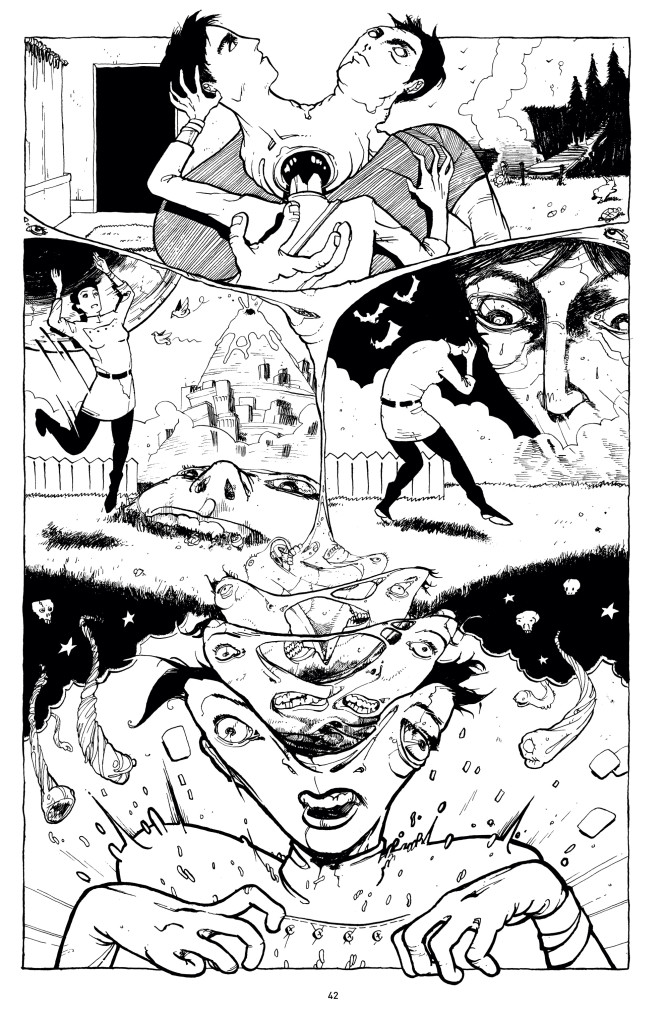 Michel Fiffe’s vibrant, trippy art and lettering, occasionally reminiscent of Chris Bachalo’s linework back in Shade, the Changing Man, make the most out of the comic book medium. Unlike many other horror comics out there – and regardless of my reference to the Cronenbergs – Panorama doesn’t read like a storyboard for a film thriller, but like something that could only exist in this format even as it explodes conventional rules with oozy drawings that collapse and spill throughout the page or broken speech balloons that hide in the panel gutters. Plus, it has one of the wildest and weirdest depictions of sex I’ve ever seen on a comic.
Michel Fiffe’s vibrant, trippy art and lettering, occasionally reminiscent of Chris Bachalo’s linework back in Shade, the Changing Man, make the most out of the comic book medium. Unlike many other horror comics out there – and regardless of my reference to the Cronenbergs – Panorama doesn’t read like a storyboard for a film thriller, but like something that could only exist in this format even as it explodes conventional rules with oozy drawings that collapse and spill throughout the page or broken speech balloons that hide in the panel gutters. Plus, it has one of the wildest and weirdest depictions of sex I’ve ever seen on a comic.
9. KING DEADPOOL
You may not be able to tell it from the list so far, but I love superheroes as much as the next nerd. This is not to say I don’t find them a largely goofy concept that can be both quite fun and hard to take very seriously… Marvel put out a bunch of comics last year that struck a fine balance between those two sides, such as Mark Waid’s and Kev Walker’s Dr. Strange – Surgeon Supreme or Karla Pacheco’s and Pere Pérez’s Spider-Woman, but Deadpool took things to a whole other level.
The line of series starring the titular iconoclastic mercenary with a healing factor should be the type of thing that appeals to me, as they tend to combine superhero fantasy, slapstick dismemberment, and meta-jokes about Marvel comics. Still, when it comes to comedy, not everybody tickles my particular fancy, which verges more towards surprising outrageousness than towards comfortable recognition… Fortunately, Kelly Thompson keeps hitting all the right beats in the latest Deadpool ongoing, whose first stories were collected in 2020 (as King Deadpool) and whose later installments I’ve been reading in monthly issues. The premise is that our cynical anti-hero somehow becomes king of a monster colony in Staten Island, which kaiju and alien creatures have managed to legally claim (because law in the Marvel Universe is notoriously bonkers). Predictably, the combination of such an uproarious place with a deranged, self-absorbed leader turns out to be a recipe for pandemonium.
Thompson sneaks in some underlying themes about relative monstrosity and prejudice, but she also gets a lot of humorous mileage out of the fact that we are dealing with literal monsters who do not necessarily follow human logic and values. Moreover, Deadpool raucously exploits Marvel’s repository of weirdness, including supporting roles by the aristocratic monster-hunter Elsa Bloodstone (the foul-mouthed revamped version from Nextwave), the son of the space god Orrgo the Unconquerable (a Lee & Kirby creation who first showed up in the horror anthology Strange Tales, back in 1961), and the adorable Jeff, the Baby Land Shark (from Thompson’s own run on West Coast Avengers). Not that you need a degree in Marvel-ology to appreciate the comic as a whole – in fact, some situations work better the less committed you are to Marvel lore, as Deadpool healthily caricatures several bits and characters from other series, which sound even more preposterous out of context!
The first arc was pencilled by Chris Bachalo, who clearly felt at home drawing all those bizarre monsters. While Bachalo is capable of awesomeness, though, his stylistic evolution has come to often sacrifice clarity, a key ingredient for both action and comedy (the two pillars of Deadpool). He was followed by Gerardo Sandoval, who has greater comedic timing (as do Irene Strychalski and Kevin Libranda, who did a quirky two-page tale and a fill-in issue, respectively). So, Deadpool’s visuals actually improved in 2020, even if this didn’t become Kelly Thompson’s finest-looking Marvel comic of last year (that honor definitely goes to Black Widow, thanks to Elena Casagrande).
Deadpool is also one of those rare series nowadays that is worth reading on a monthly basis. Instead of decompressed padding for the trade, practically every issue packs a bellyful of laughs and enough plot to satisfy. Plus, the letter pages are a riot, as Thompson has Deadpool replying to the mail himself and fans have gotten in on the act, directly addressing the character.

